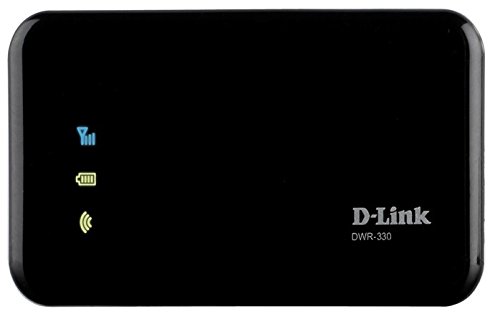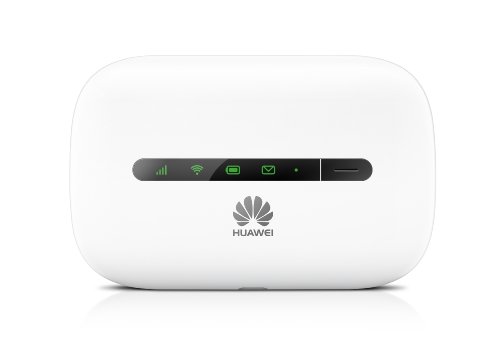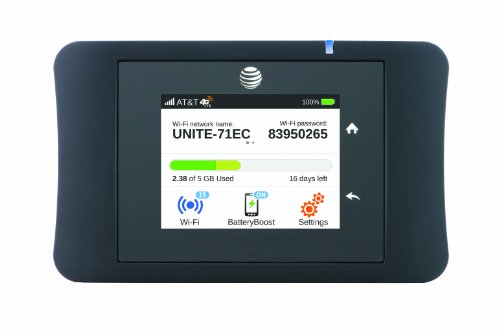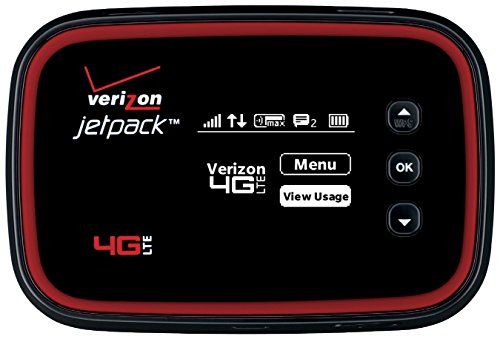Let’s get some more details about each of them.
1. Cable technology.
– xDSL
Digital Subscriber Line, DSL, emploies twisted-pair copper cable. There are the following versions of DSL technology: HDSL, SDSL, ADSL, SHDSL, VDSL.
– PLC
Another access technique is DPL/PLC network (Digital Power Line/Power Line Communication). Power network is also the transmission medium. Maximum transmission speed is 24 Mbps, and maximum range – 250 meters.
– HFC
The HFC (Hybrid Fiber Coax) Internet supplier is usually a cable TV operator. The medium is optical fiber and coaxial cable. Optical fiber is used in main paths (from headends to optical nodes) while coaxial cables distribute signals from optical nodes to subscribers. The maximum transfer rate is 30 Mbps to the subscriber and 10 Mbps from the subscriber.
– Ethernet
This technique is highly popular in community networks. The data transmission medium between buildings is optical fiber, while between subscribers – 5th category twisted-pair cable. Low costs make this solution popular either in home networks and in companies.
2. Optical fiber technology.
– FITL
Fiber In The Loop, FITL, Internet access networks employ optical fiber technology in both, main and local parts of the telecommunication network. Depending on ONU location there are the following FITL networks:
* FTTH (Fiber To The Home) – where ONU is located at subscriber’s apartment
* FTTB (Fiber To The Building) – where ONU is located in apartment block
* FTTC (Fiber To The Curb) – where ONU is located in street distribution box
3. Wireless technology.
– WLAN
Wireless LAN network (Wireless Local Area Network) works on radio waves. Institute of Electrical and Electronics Engineers, IEEE, have defined three wireless network standards:
* 802.11b: 2.4 GHz – transmission speed up to 11 Mbps
* 802.11a: 5 GHz – transmission speed up to 54 Mbps
* 802.11g: 2.4 GHz – transmission speed up to 54 Mbps
– Wireless optical transmission
This technology employs optical radiation within 700 – 1500 nm wavelength (infrared). There are generally two sources of light:
1) Light-emitting diode (LED) emitting infrared spectrum with 120 nm spectral bandwidth and 1 mW refracting power. Maximum transmission range is 1.5 km with 1.25 Gbps speed
2) Laser diode emitting coherent radiation with 2 nm spectral bandwidth. Refracting power is several times stronger than with LED. Multi-beam transmitters achieve transmission speed up to 2.5 Gbps and range up to 1 km
– LMDS
LMDS (Local Multipoint Distribution Services) – wireless system employing high-frequency radio waves (3.5 – 40 GHz) for a short-range networks (up to several kilometers). This system consists of a base station and several terminals. Transmission speed is up to 155 Mbps, while range is below 10 km.
– MMDS
Multichannel Multipoint Distribution Service, MMDS, has been prepared to allow radio transmission of a dozen or so TV channels. It has been designed to substitute cable TV in rural areas without developed cabling network, but it can also be used as Internet access technology. Transmission range is up to 50 km from the base station. MMDS works on 2.5-2.7 GHz with 10 Mbps band per channel (to the subscriber). In the future this value shall be raised up to 27 Mbps.
Check out Best Mobile Hotspot device
Netgear Unite Express Hotspot (AT&T Go Phone)Check PriceInternet on the Go Mobile Hotspot Sprint Pay As You GoCheck PriceHuawei E5330 Unlocked 21 Mbps 3G Mobile WiFiCheck PriceAT&T Unite Pro 4G LTE Mobile WiFi Hotspot (AT&T)Check PriceUnlocked Huawei E5330 Newest 21.6M 3G Mobile Wi-Fi Hotspot Router ModemCheck PriceT-Mobile Sonic 2.0 4G Mobile Hotspot, USB, BlackCheck PriceVerizon Wireless MHS291L Jetpack 4G LTE Mobile HotspotCheck Price







0 comments:
Post a Comment